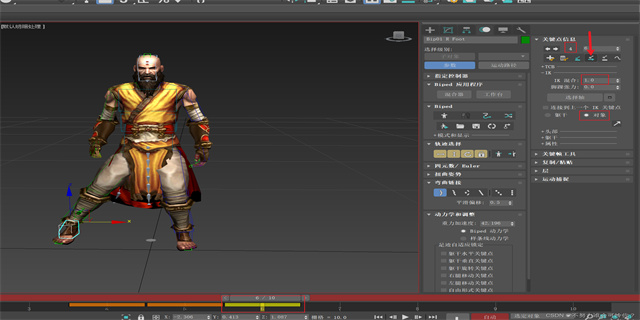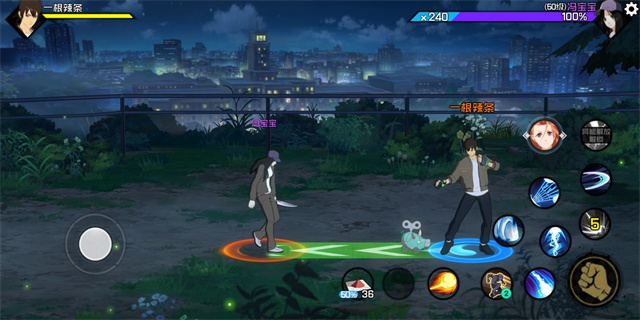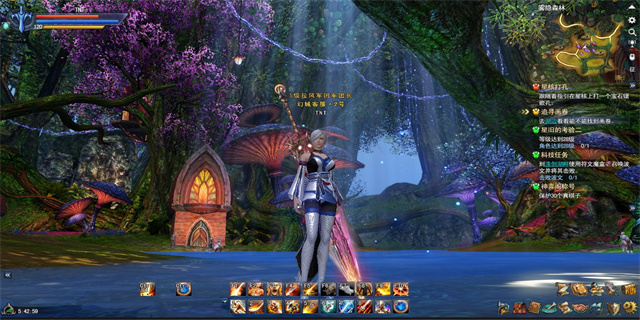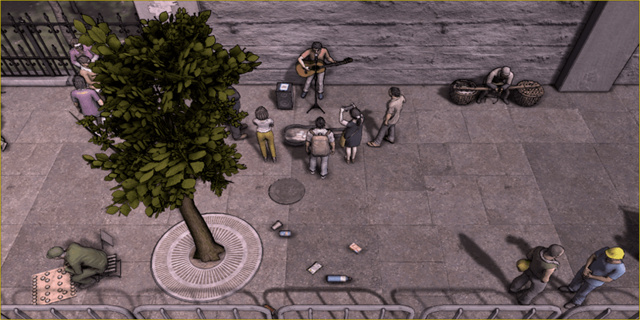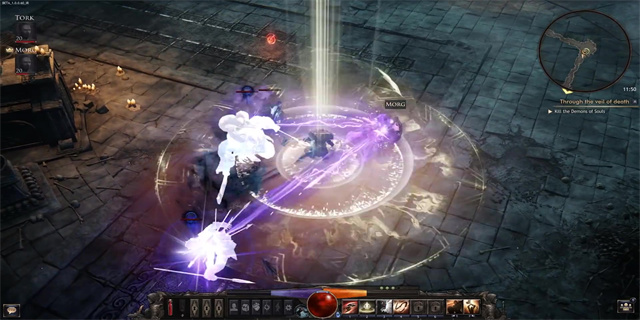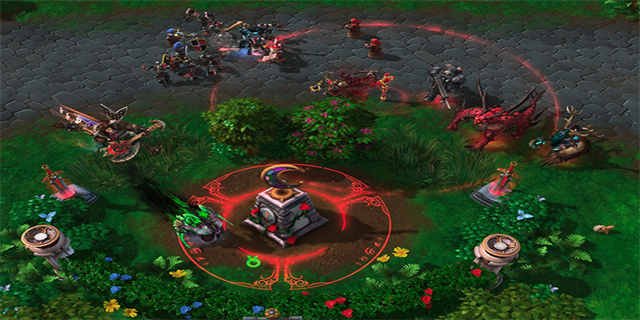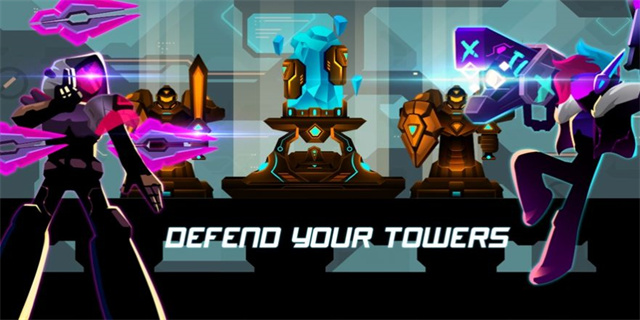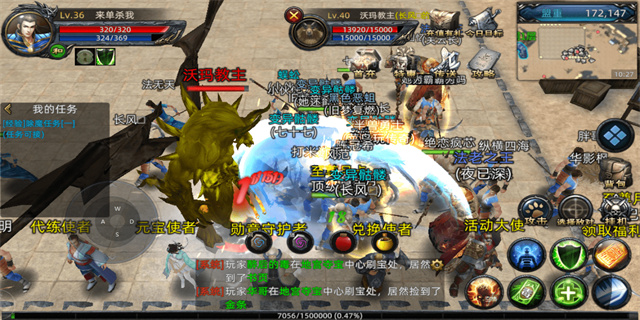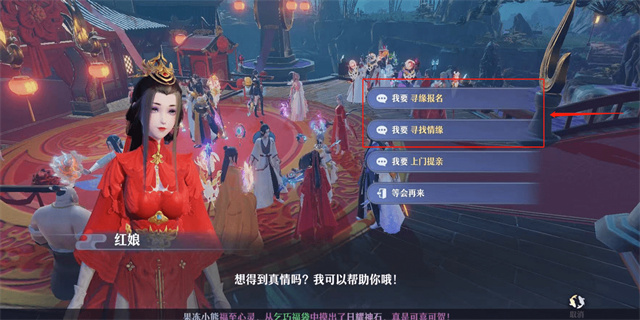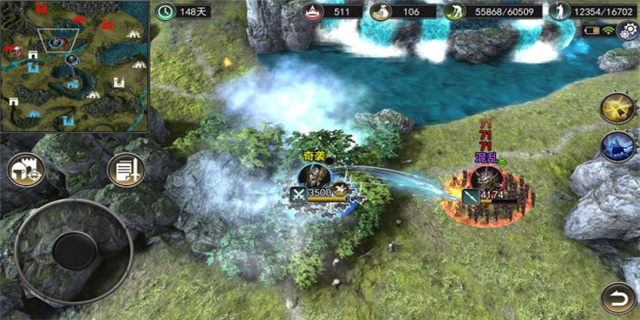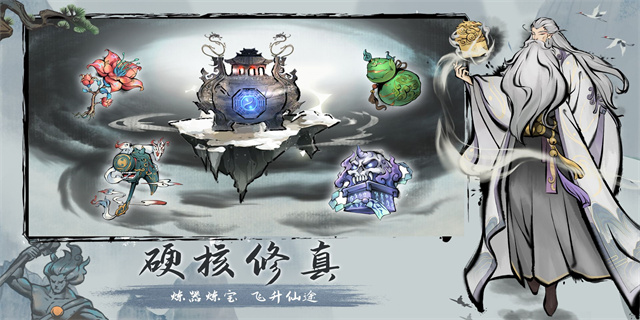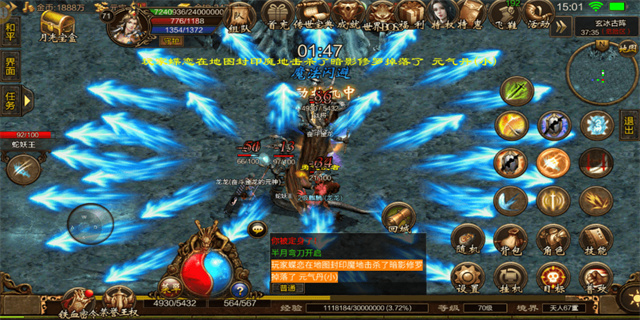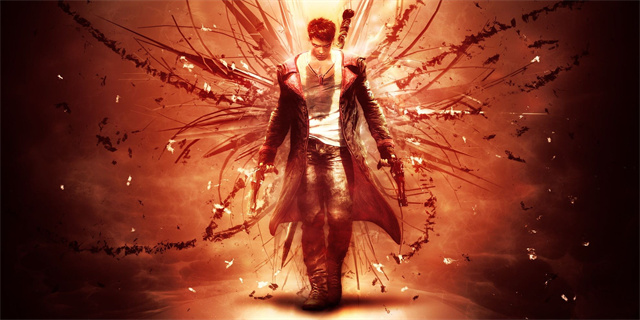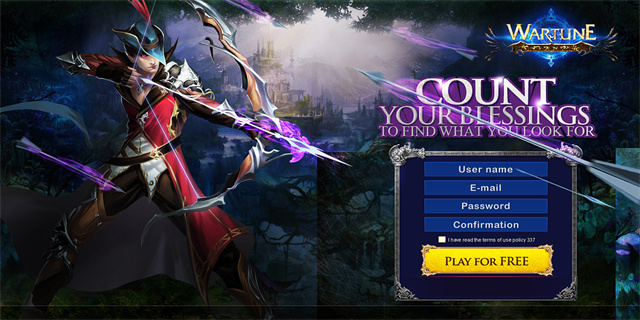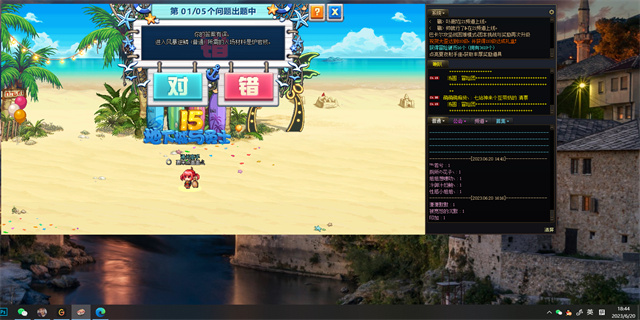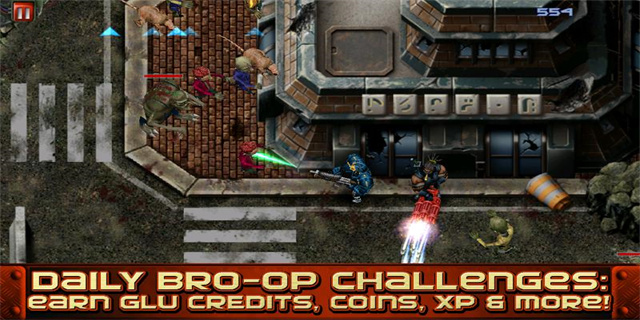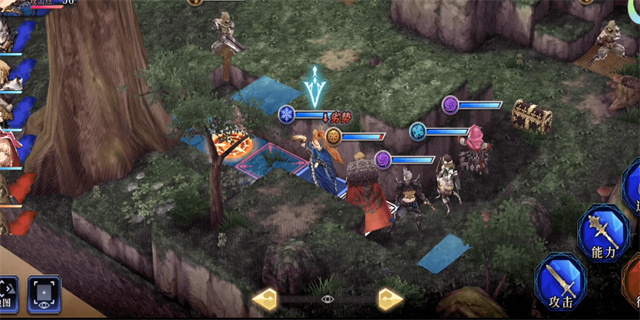Custom Cursor: Enhancing User Experience with Unique Pointer Designs
Introduction
One of the key elements in user interface design is the cursor, which allows users to interact with various elements on a webpage. While default cursors serve their purpose, they can often feel generic and uninspiring. This is where custom cursors come into play, offering an opportunity to enhance user experience and add a touch of uniqueness to the overall design. In this article, we will explore the benefits of custom cursors and discuss how they can be implemented effectively in HTML websites.

Why Custom Cursors Matter
When users navigate a website, the cursor serves as their primary visual guide. A custom cursor can improve the overall user experience by providing a visually appealing and engaging element. It can represent the brand identity, be used to communicate with users, or simply add an extra layer of creativity to the website design. Custom cursors have become increasingly popular as a way to differentiate websites from competitors and leave a lasting impression on visitors.
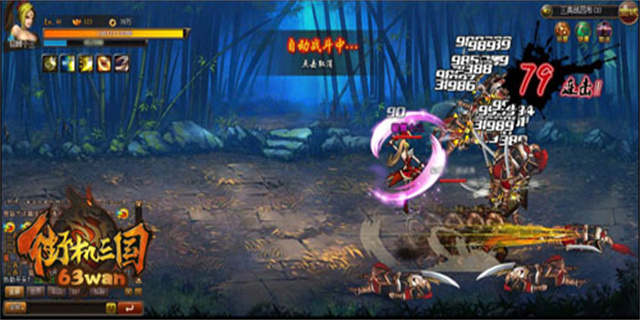
Implementing Custom Cursors in HTML
There are multiple approaches to implementing custom cursors in HTML. One common method is using CSS to define the appearance of the cursor. To do this, we can use the \"cursor\" property in CSS to specify a custom image or a predefined cursor type. For example:
```css .custom-cursor { cursor: url('custom-cursor.png'), auto; } ```In the code snippet above, we define a custom cursor by specifying the URL of the desired cursor image ('custom-cursor.png'). The \"auto\" value ensures that if the image fails to load, the browser will switch to the default cursor. The CSS class \"custom-cursor\" can then be applied to any HTML element to activate the custom cursor.
Another approach to implementing custom cursors is by using JavaScript. This method offers more flexibility and interactivity. By capturing mouse movements, JavaScript can dynamically change the cursor's appearance based on user actions or create custom animations. Here's an example using JavaScript:
```javascript document.addEventListener('mousemove', function(e) { var cursor = document.getElementById('custom-cursor'); cursor.style.left = e.clientX + 'px'; cursor.style.top = e.clientY + 'px'; }); ```In this example, we attach an event listener to the document's mousemove event. Whenever the cursor moves, the JavaScript code updates the position of the custom cursor element ('custom-cursor') based on the mouse coordinates. This method provides endless possibilities for creating unique and interactive cursor designs.
Best Practices for Custom Cursors
While custom cursors can greatly enhance user experience, it's important to use them judiciously and follow best practices:
1. Keep it Subtle
A custom cursor should be visually appealing yet subtle enough to avoid overpowering the content. It should act as a complementary element rather than a distracting one. Finding the right balance is key.
2. Consider Accessibility
Custom cursors can have an impact on accessibility, particularly for users with disabilities. It's essential to ensure that alternative ways of interacting with the website are available, such as keyboard navigation or screen reader compatibility.
3. Test Across Browsers
Custom cursors might behave differently across various web browsers and devices. It's crucial to thoroughly test and ensure consistent performance and appearance across different platforms to offer a seamless experience for all users.
4. Optimize Performance
High-resolution cursor images or complex cursor designs can impact website performance, leading to longer loading times. It's important to optimize the cursor resources to minimize any negative impact on the overall website speed.
Conclusion
Custom cursors offer a unique opportunity to enhance the user experience and differentiate a website from its competitors. Whether by using CSS to define custom cursor images or by leveraging JavaScript to create interactive animations, the possibilities are virtually limitless. By following best practices and considering accessibility and performance, custom cursors can leave a lasting impression on visitors while ensuring an enjoyable and engaging browsing experience.
